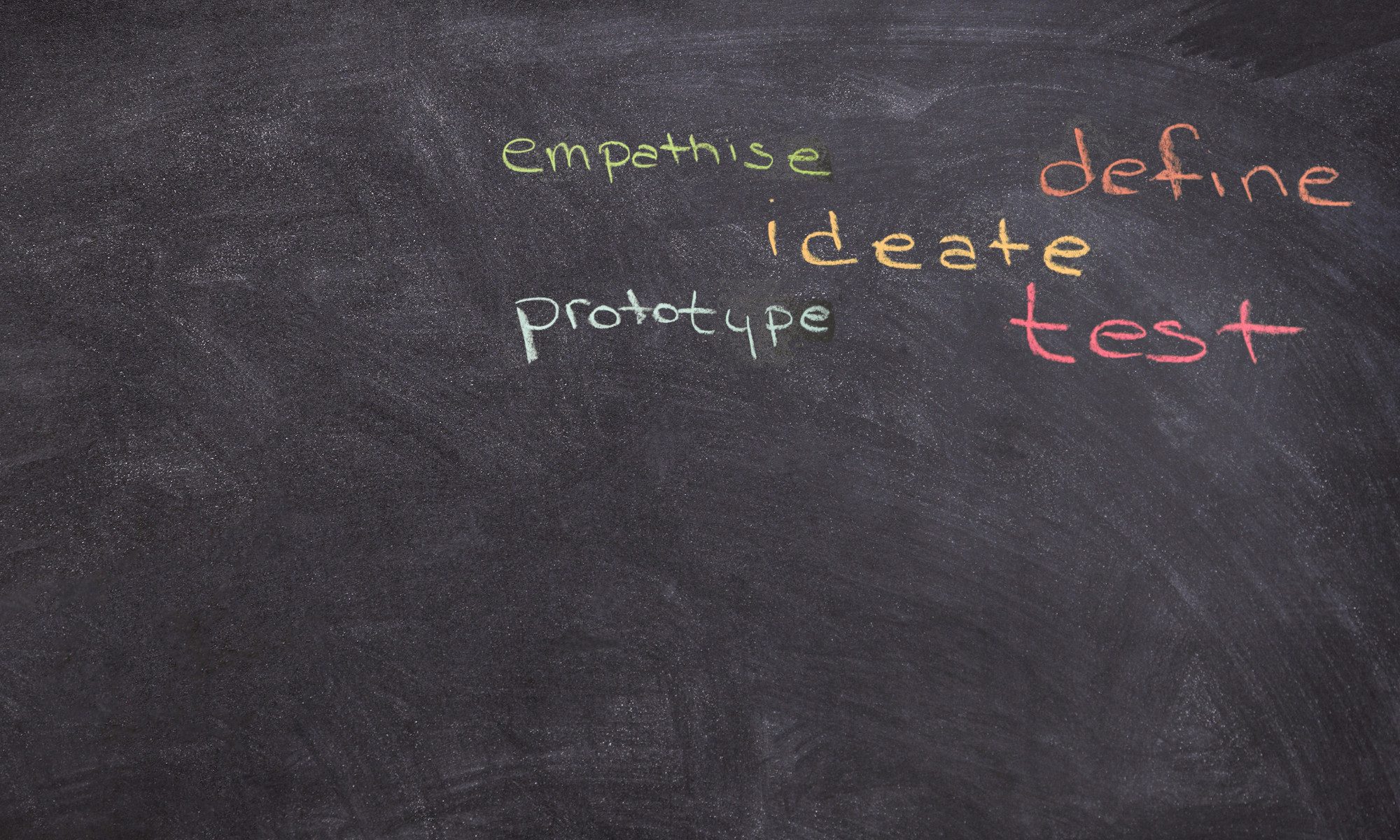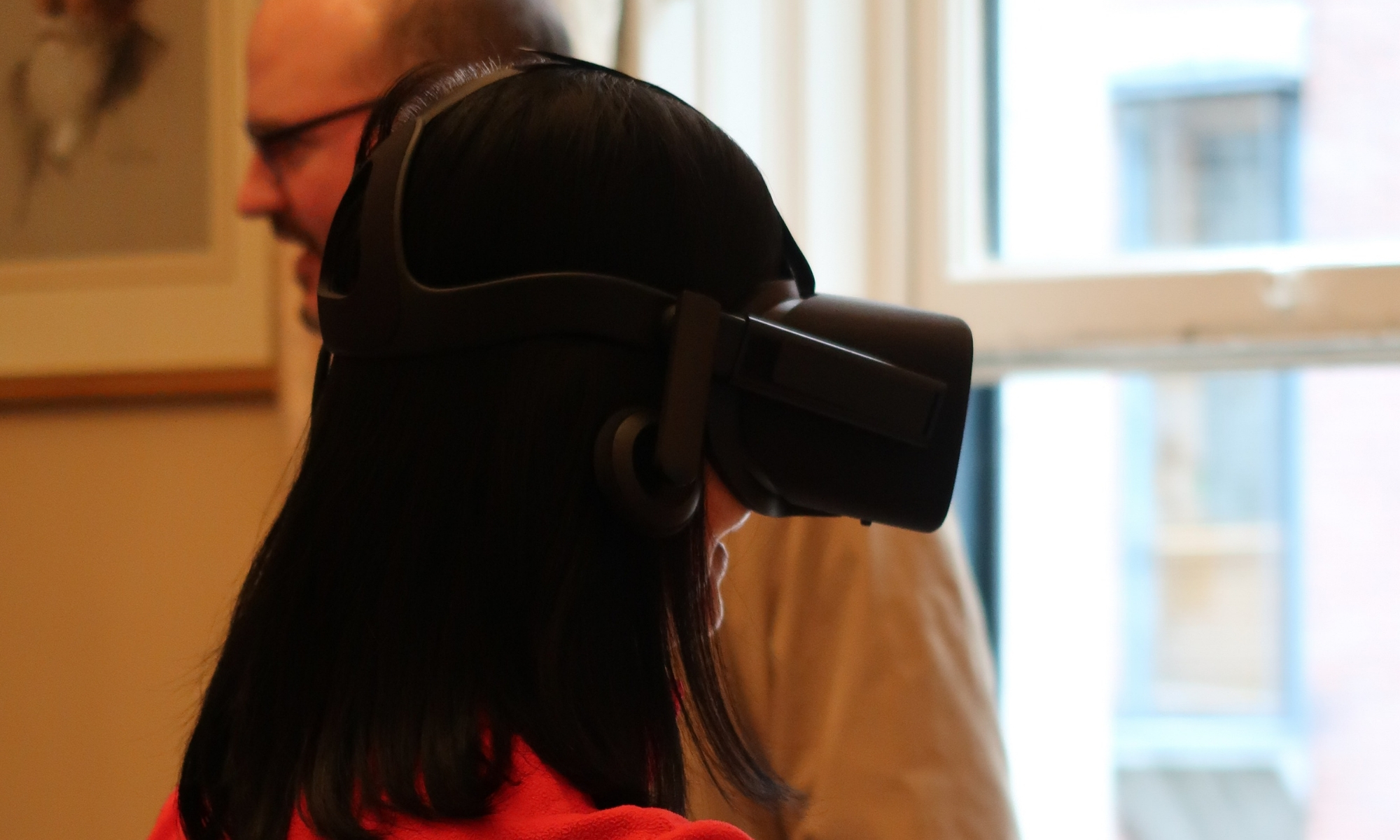Expected release date: March 2020
Objectives
This unit is designed to develop students’ knowledge on 3D computer graphics and virtual reality in arts and culture, providing them with solid technical skills in different methods and technologies for the production of three-dimensional computer-generated visualisations and virtual reality experiences. In this unit, the history, debates, state-of-the-art, and future challenges of 3D visualisation and virtual reality in the cultural and creative industries will be presented. Students will learn how to do research for the 3D modelling and digital reconstruction of different datasets, how to use a diverse range of methods and industry-standard software to model different environments, how to record their decision-making process and appropriate metadata, and to how to use Design Thinking approaches to ideate and prototype virtual reality experiences for different fields and sectors. By the end of this unit, students will have the ability to use computer graphics and 3D modelling tools to design, prototype, and build visualisations, and virtual reality experiences for arts, culture, creative industries and related fields.
Learning Outcomes
After completing this unit, the learner will be able to:
- Demonstrate a good knowledge and understanding of the theory and practice of using 3D computer graphics to model and create virtual reality experiences;
- Position their 3D graphics and modelling work within theoretical, practical, and methodological traditions;
- Evaluate different tools and methods and their products as well as the benefits and challenges of implementing such technologies for European cultural heritage;
- Gather, document, and analyse cultural heritage/creative industry datasets to construct 3D models;
- Use a wide range of computer graphics and modelling tools to produce 3D visualisations and virtual reality experiences;
- Ideate and prototype virtual reality experiences;
- Apply professional standards and techniques of 3D computer graphics modelling;
- Critically approach real-world case studies and scenarios and employ the most appropriate tools and practices to design solutions for the cultural and creative industries.
Teaching Methods/Technologies
This unit will consist of lectures on the theory, background, applications, and state-of-the-art of the methods in the form of Powerpoint presentations with voice-over, written and audio-visual tutorials, how-to exercises, quizzes, and interactive assignments. It will focus on methodological aspects of 3D modelling and virtual reality via hands-on exercises as well as individual and collaborative projects. Bibliographic and online resources will allow students to delve into the field and effectively respond to short- and long-form writing assessments. Case studies and real-world scenarios that require entrepreneurial and business skills, including team-work, decision-making, synthesis, ideation, prototyping, and problem solving will help students to develop their research capabilities and further their skills in 3D modelling and virtual reality. In this unit students will primarily use open-source, free for education, and industry-standard software and platforms, including but not limited to Blender, 3dsMax, and SketchUp.


